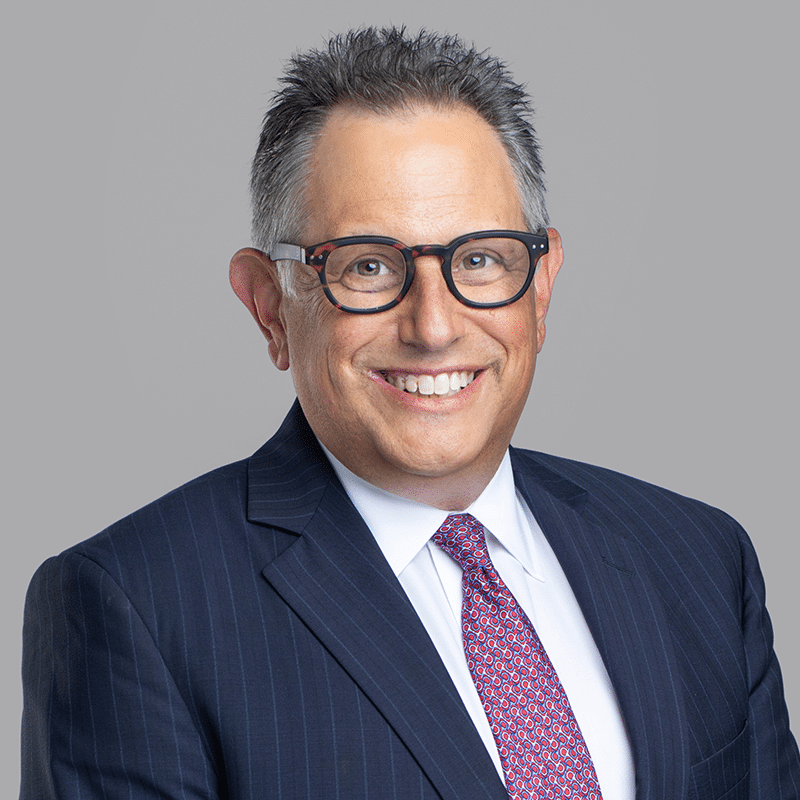
Have you ever picked a dandelion that’s lost its bright yellow flower and gone to seed? You take a deep breath, give a good blow to the fluffy head and watch as the seeds float around and spread everywhere. When you return to the area a little while later you’re bound to see a lot more yellow dandelion heads poking up from the ground, getting ready to start the process all over again and spread exponentially.
While it might be annoying to gardeners and homeowners who desire green lawns, seeding weeds is hardly life threatening. But what if a similar seeding process spread malignant cancer cells within a person’s body? What if these cells, concentrated in an area of uterine tissue but barely detectable by standard screening procedures, were among the most aggressive forms of cancer?
Sadly, researchers have found evidence that hysterectomy and uterine fibroid surgeries using tools called power morcellators are capable of seeding cancer cells in a woman’s uterus and abdominal cavity, significantly diminishing their chance of surviving this terrible disease.
In this blog post, I explain why the recall of some power morcellators could not have come soon enough, and what to do if you or a loved one has been diagnosed with certain types of cancers following surgeries where these tools were used.
What is a Power Morcellator?
Morcellation refers to the division and removal of solid tissue. Morcellation is common in open cavity surgeries where tumors or otherwise problematic tissue is removed manually by a surgeon and secured in protective bag.
Sometimes electric surgical tools called power morcellators are used instead. These devices, which have spinning drill-like blades to cut tissue, are often used in laparoscopic procedures where very small incisions allow surgeons to work (with the aid of cameras) in a minimally invasive way, thereby aiding recovery times, and reducing post-surgical pain and complications.
There are some associated risks with using these devices, including: infection, abscess or oozing at the incision site, bowel obstruction, bruising, pain or muscle soreness, organ damage or fibroid reoccurrence. However, the most serious risk is the potential for power morcellators to spread damaged tissue in the body, seeding cancer cells in other areas.
The Cancer Risk
Surgeons using power morcellators are not anticipating they will come in contact with cancerous cells. Rather, they intend to remove benign fibroids of the uterus. However, the U.S. Food and Drug Administration has estimated that in about 1 in 350 cases an unsuspected cancer called uterine sarcoma is present, while uterine leiomyosarcoma is present in about 1 in 500 cases. Manufacturers of these devices initially estimated the risk of them contributing to spreading cancers was about 1 in 10,000.
Health Canada has warned that in these cases the use of power morcellator increases the risk of spreading the cancer and decreases the long-term survival of patients. As a result, it has issued contraindications for use of the device for “removal of uterine tissue containing suspected fibroids in patients who are peri- or post-menopausal, or candidates for en bloc tissue removal, for example, through the vagina or via a mini-laparotomy incision.” The ministry has also noted it should not be used in gynecologic surgeries where the tissue to be morcellated is known or suspected to be cancerous. It instructed doctors to discuss these risks with affected patients.
Despite Health Canada’s warning, power morcellators remain in use in many hospitals.
Lawsuits Launched
Although recall orders were issued quickly, there is evidence that these devices were not tested well enough in advance of being marketed as relatively safe. This negligence on the part of manufacturers needlessly exposed countless women to risk of advancing aggressive cancers and directly contributed to the spread of the illness in others.
If you or a loved one has received a cancer diagnosis following a surgery where a power morcellator was used and you would like to know more about the legal options available to you to receive compensation and damages, please contact product liability lawyer Paul Miller at 416-646-3901 or by email at pmiller@hshlawyers.com.






